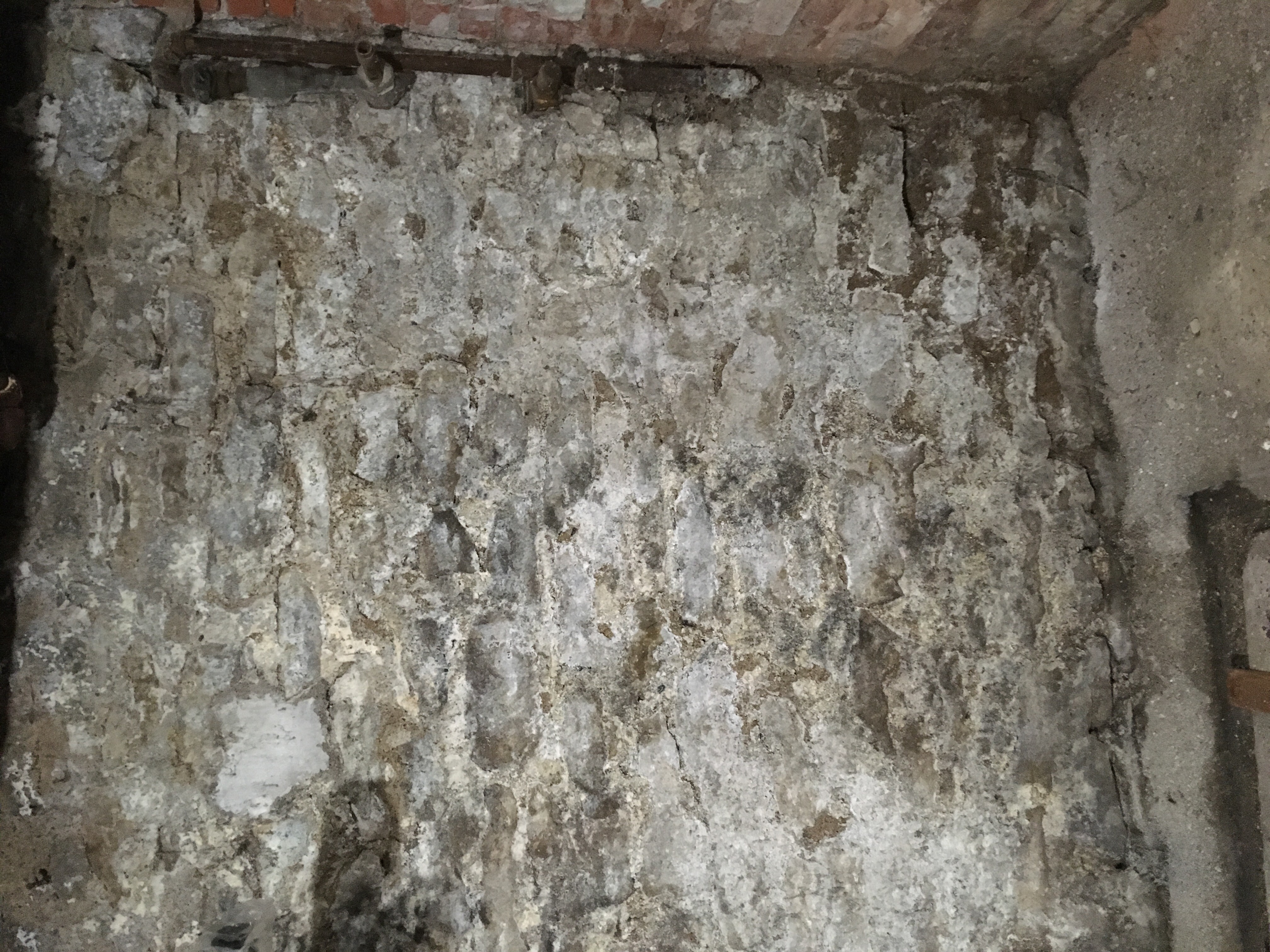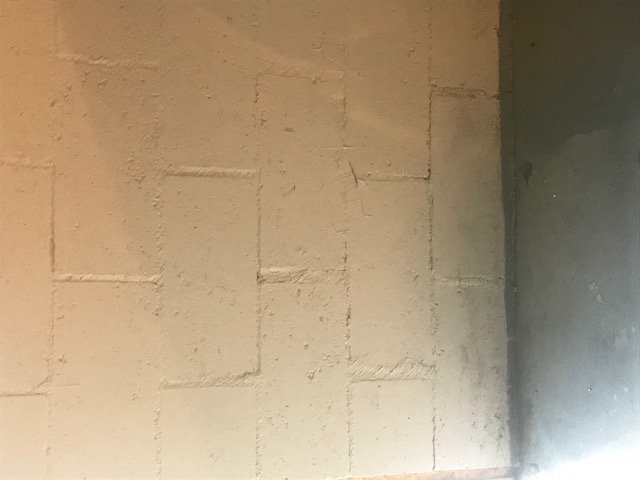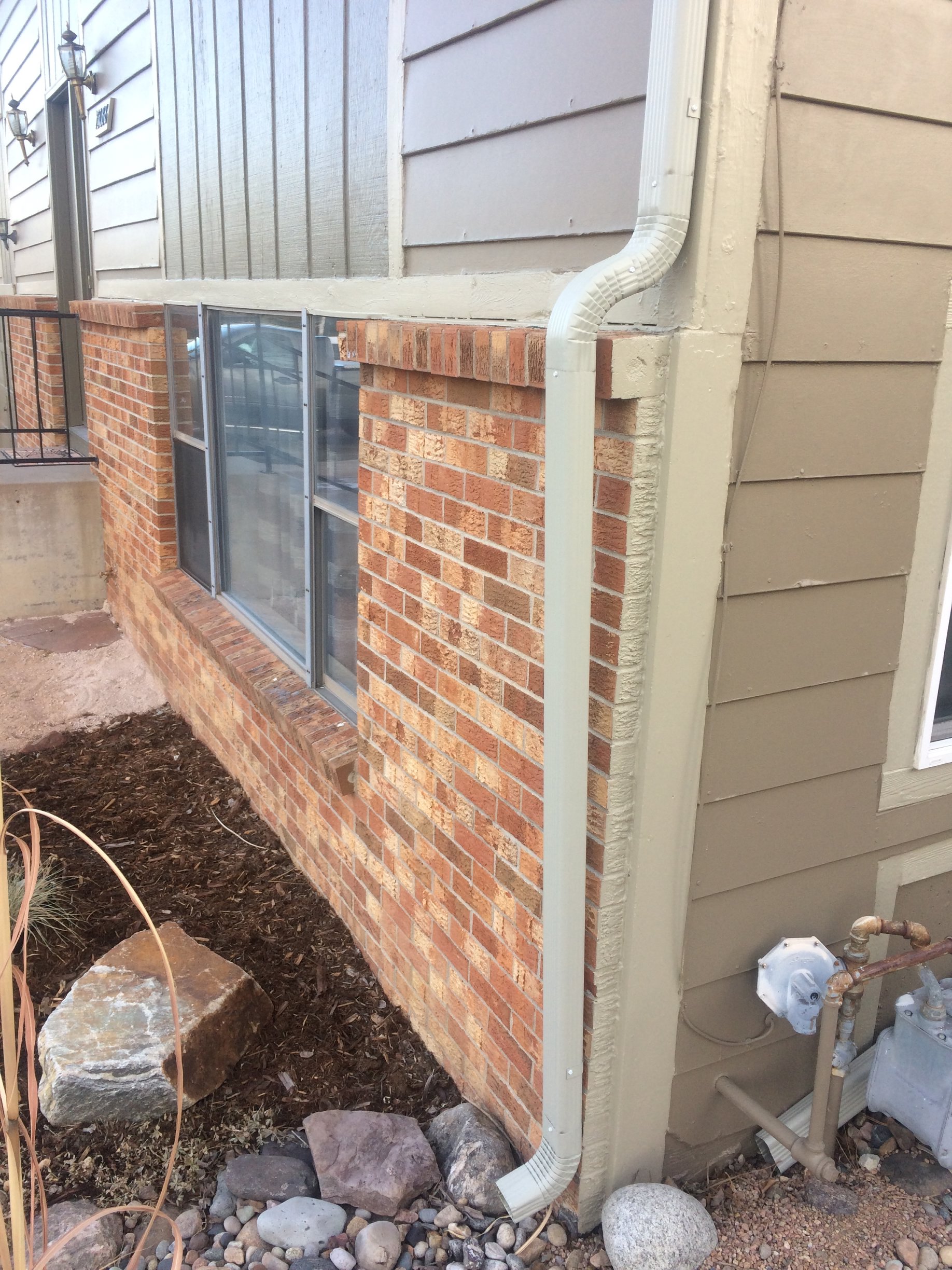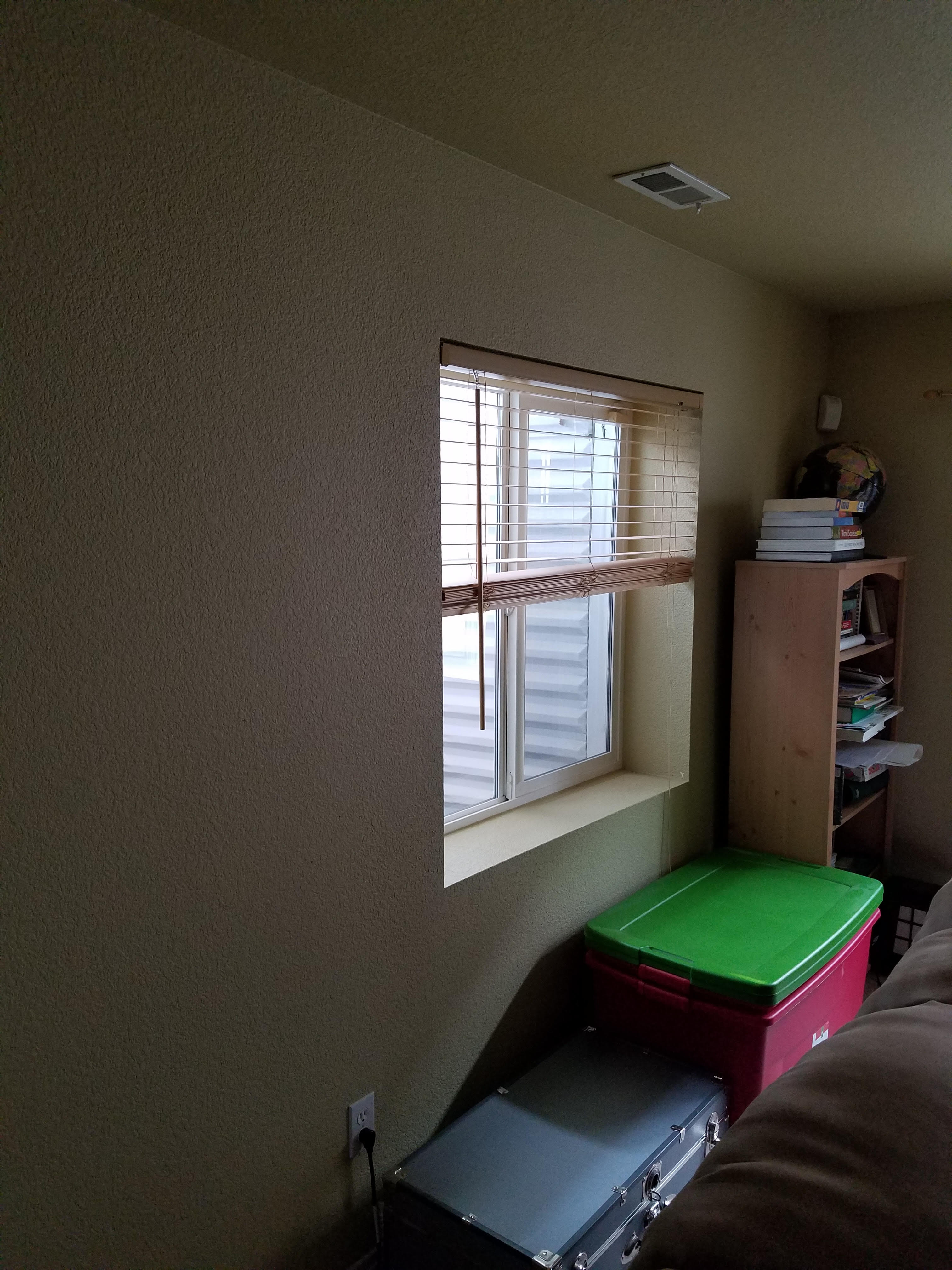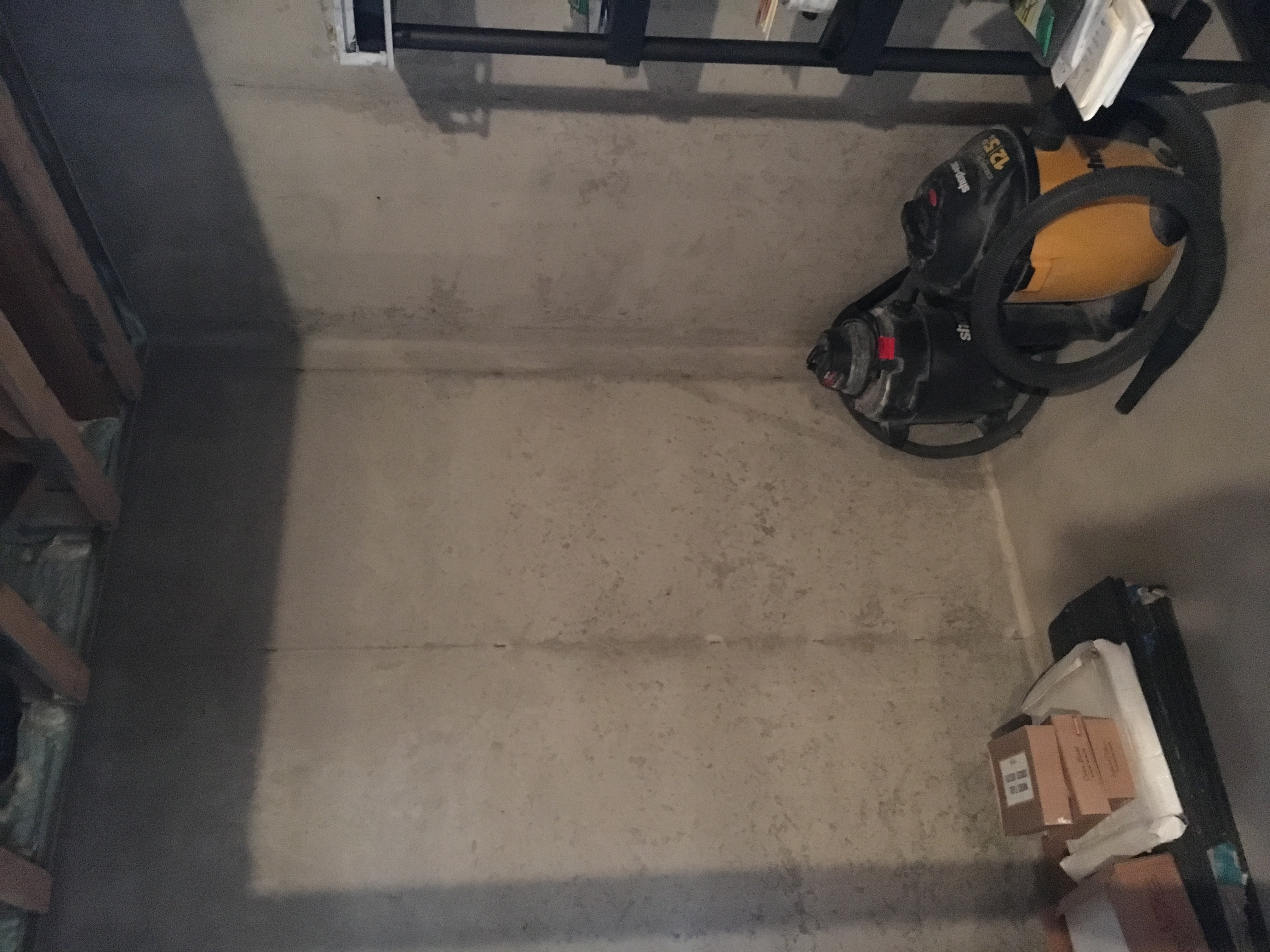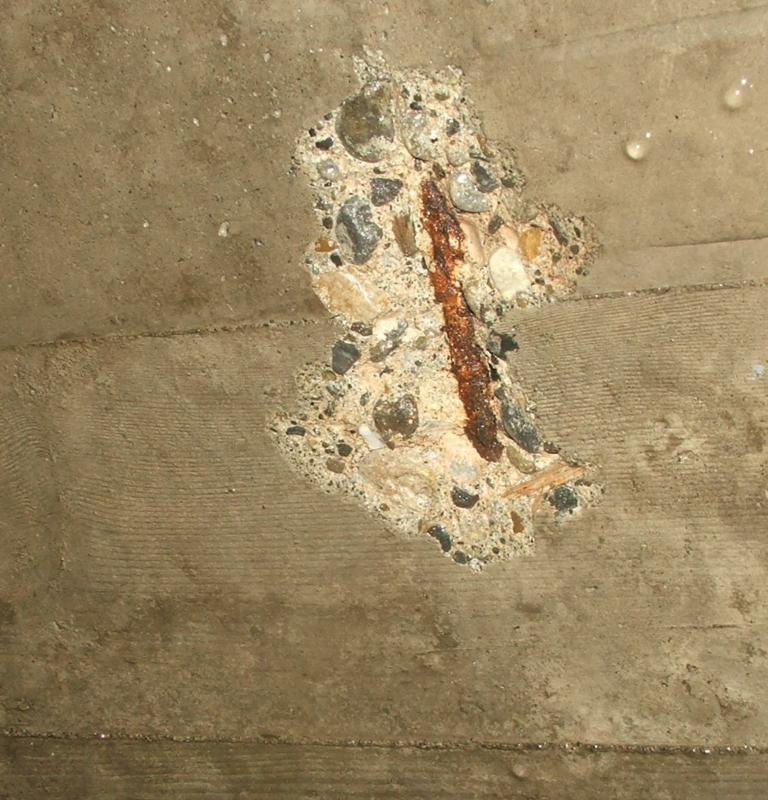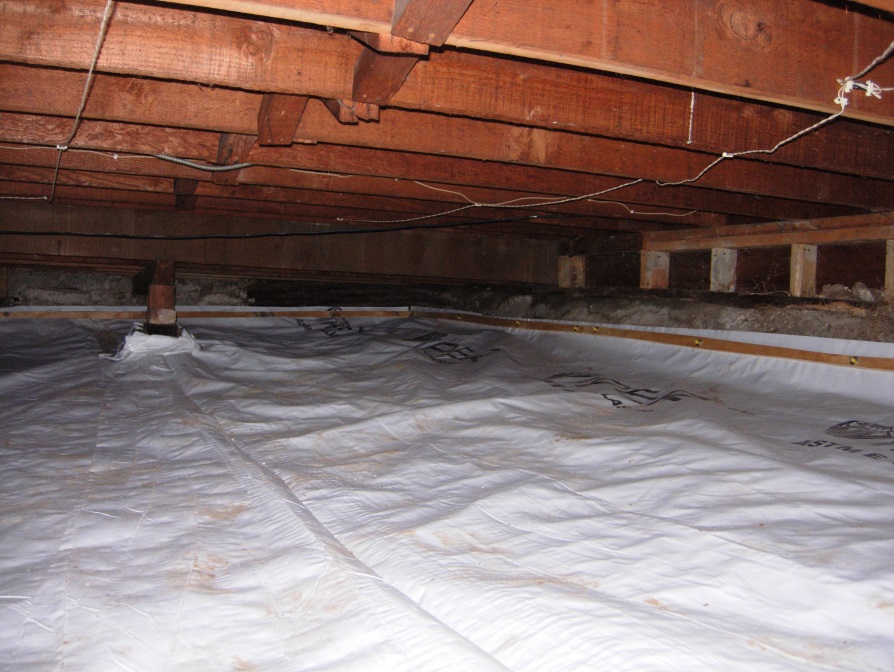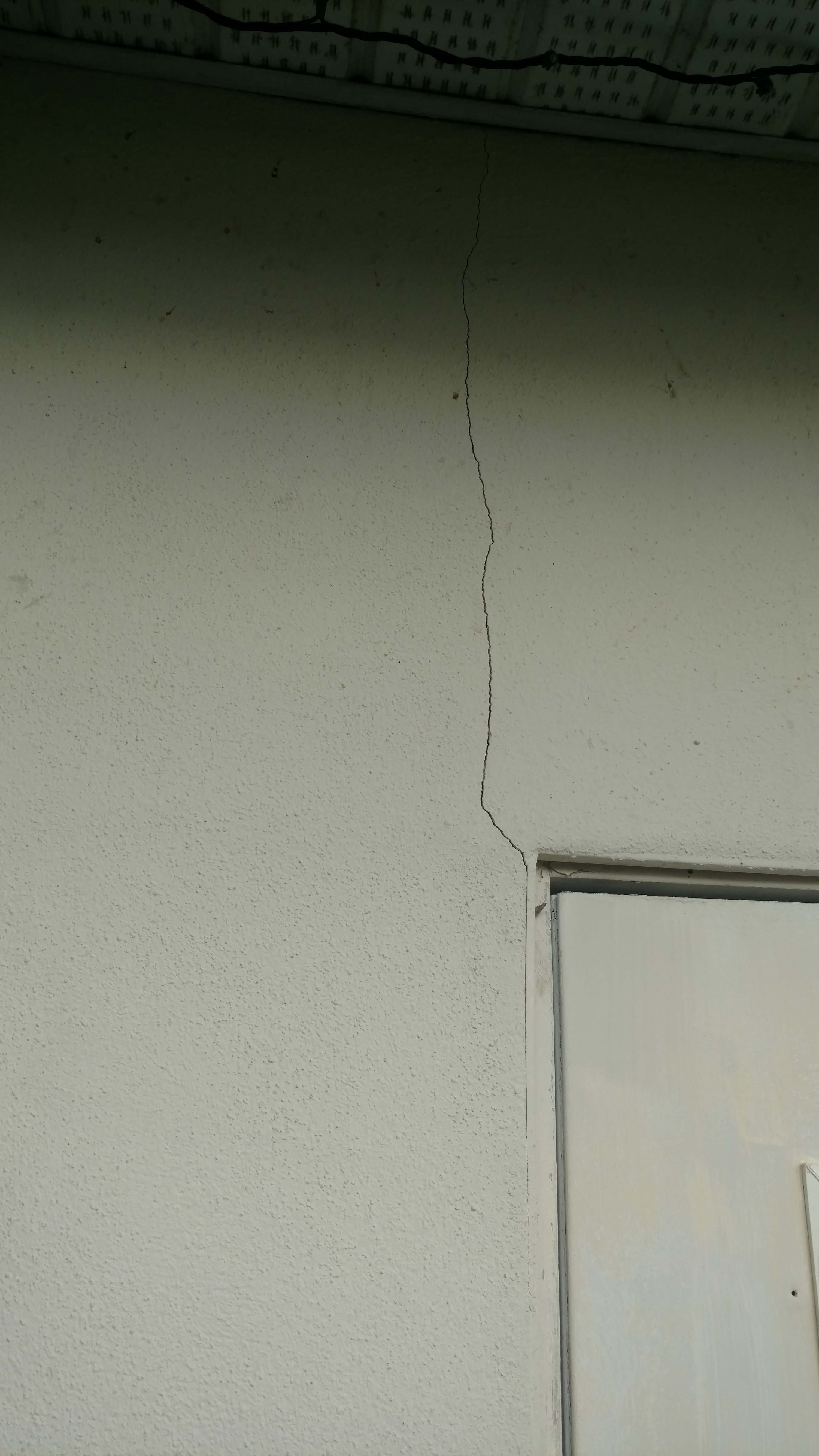This is a picture of part of a foundation wall from a 110 year old historic home. The stone appears to be in good shape overall. In this section examined here, there are no signs of cracking, spalling, or bulging. The base of the foundation walls is considerably below the frost line in northern Indiana. The sill plate was in good condition, not rotted or damaged at all. There are some signs of moisture in the drain trough, but it looks like it mostly enters through the foundation floor from groundwater. There are also signs of some of the stones/mortar being patched/reinforced at one point.
Fieldstone and limestone foundation walls are the most common foundations found in homes that are approximately 100 years old or older. They were constructed by using mortar to bond the stones together as the stones were stacked. The type and strength of mortar used at the time the wall was constructed is often questionable.
As these foundations age, the mortar deteriorates, turns to powder, and the walls lose strength, possibly causing them to develop cracks and bow inward. The inward bowing is caused by the lateral or horizontal earth pressure pushing the weakened foundation wall inward. Lateral earth pressure increases significantly as the soil becomes saturated with water. With older, historic homes, the stone foundation problem is significant because a perimeter drainage system was typically not installed. This is usually evident as the basement area may show indications of moisture intrusion.
If the mortar joints are deteriorated but the foundation wall is not cracked or bowed, and the objective is to simply extend the serviceable life of the foundation walls, then a solution may be as simple as cleaning and tuck pointing the mortar joints. If water penetration is an issue, then the exterior may have to be excavated and a perimeter drainage system installed. At the same time this is done, the exterior of the stone foundation walls should also be cleaned, tuck pointed, parge coated (covered with a layer of mortar), and waterproofed. Care must be taken when back filling stone foundation walls so as to not damage them with the impact of the back fill material.
If the mortar joints are deteriorated and the wall has developed cracks or is bowed inward, then the foundation may have to be replaced or reinforced with a new concrete wall in front of it. Unfortunately bracing the wall with vertical steel beams is not a viable option as the wall will continue to bow and crack between the vertical braces.
This is a concrete block foundation wall. It appears to be in good condition and it has been painted on the inside with an exterior paint. On the outside of this wall it has a stucco finish applied to it. There is no noticeable cracks or spalling of the mortar joints.
Aluminum wire can be a serious hazard. You can first look at the year the home was built to see if it possibly might have aluminum wiring. Also look at the distribution panel to see if you spot aluminum color where the conductor is connected to the circuit breaker. You can look at the conductor jacket to see if it says AL for aluminum or it may possibly say aluminum. You should inform your client to have a licensed electrical contractor look at the home if you find aluminum wiring.
This is an image of a masonry veneer wall.The interior wood frame wall on the interior should have an air space between the two structures.It is flashed on the top and sealed on the ends to prevent moisture intrusion. Weep holes should be at the bottom coarse of bricks.
An article on inspecting for condensation describes how condensation can lead to water damage of building materials.Older homes are more prone to condensation because of lack of moisture barriers.Cold water pipes and windows will sweat when the dew point is reached. Two strategies to help reduce this would be to lower humidity levels and insulating the cold surfaces.
Photo of a traditional basement foundation an window. Basement is obviously full therefore there is no foundation walls visible, except about a foot from the exterior which was even painted. Since it is complete the foundation is nearly impossible to inspect. But from visually inspecting walls are secure and plumb and there were no visual cracks or moisture intrusion on the drywall. The ground appeared to be secure and flat as well.
This picture is of a concrete block foundation that appears to be in good condition. A small amount of efflorescence is visible at the bottom of the wall indicating that this area has seen previous high moisture conditions, possibly from poor grading or an improper gutter or down spout arrangement.
The picture is of settlement cracks at a masonry wall. The cracks follow along the mortar between the bricks, and the cracks are smaller than a 1/4 inch. We would note these cracks as common settlement cracks unless there were a large number of cracks in multiple other areas of the home as well, which may pique our concern.

The article I read was about residential foundation insulation. The article discussed a lot of the positive attributes that foundation insulation can provide for a home. Our company is very interested in promoting the benefits of proper insulation and ventilation with our clients. We always let them know of the potential pros and cons, while also reminding them, like the article states, to make a cost effective decision.
A photo was chosen to study the proper way to construct a slab vapor barrier. The slab is to be poured minimum of 6" thick and the underlying steps to prevent moisture being induced into a building is to put 3-4"of gravel or crushed rock then a layer of 6 mil polyethylene is place over the rock material.
I have submitted a photo and done an inspection a poured concrete wall for a residence. The concrete foundation is 10" thick and no shrinkage cracks are visible or stress cracks of any kind. The exterior walls extend 12" above grade and have fieldstone applied to that area for cosmetic reasons. None of the fieldstone is showing any cracks in the mortar.
This picture shows concrete deteriorating due to spalling. The rebar is exposed and rusted. Spalling can happen through either mechanical or chemical damage. An example of mechanical damage would be the from moisture getting into the wall and freezing thus expanding and breaking pieces of the wall off.
The article, “Structural Designs for the Home Foundation,” by Nick Gromicko gives an informative outline of the different types of home foundations and how they are designed to function. He identifies the materials used, and the parts of the systems to be identified when understanding the foundation.
I looked at the photo “Foundation Wall” and it helped a lot simply because describing the ins and outs of an entire foundation wall are hard to describe in words. It is a good reminder of how the “layers” of a the exterior wall in homes are supposed to be. It also shows how the footing of a home should be and the location of the weep holes, which I did not know previously.
When moisture is present in a crawlspace from the ground in can lead to mold and high moisture in the crawlspace which can promote illness and wood rot. A vapor barrier can be installed overlapping each strip by a minimum of six inches and then sealed shut. The vapor barrier should also be attached to the wall with a strip or mastic.
When inspecting piers they should be checked for settlement, rotation or cracking. If the pier is load bearing in a basement then the floor joists may also sag with it. This will be common in older homes where doors on the interior may not be plumb and floors will be uneven.
The image here is a crack located in the rear center of a concrete block home. Although it is in a narrow addition it is still a load bearing wall. The home is approximately 60 years old. This addition is approximately 30 years old. It is located 10 feet from an inground pool. The crack continues from the base of the door down the wall and across the patio to a failing bond beam on the pool. Having noted all of this the crack is a result of foundation settlement. Suggest a structural engineer assess for further corrective action.
Brick veneer
Brick vineer homes have many attributes.
The downfall to that is improper installation or the lack of maintenance. A professionally installation of brick veneer on a home can last 100 years with minimal maintenance. An occasional spalding brick, a clogged weep, or failing flashing would be common. The wind resistance is far better than other cladding materials. And above all, the resale on brick veneer home are higher.
